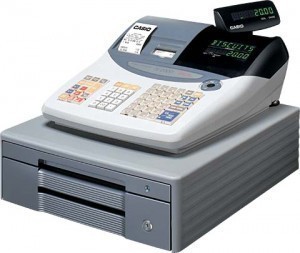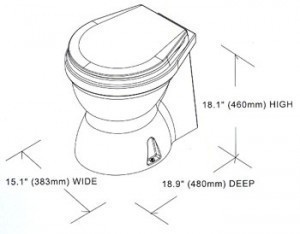ANSI Paper Size
The ANSI paper sizes were designed in 1995 by the American National Standards Institute. Today these paper sizes are used by engineers when making technical and architectural drawings.
American National Standards Institute. Today these paper sizes are used by engineers when making technical and architectural drawings.
ANSI Paper Measurements
ANSI A is equal to 8½ × 11 inches or 216 × 279 mm (the letter size). The ratio is 1.2941. ANSI B dimensions are 17 × 11 inches (432 × 279 mm) and 11 × 17 inches (279 × 432 mm). The ratio is 1.5455.
The ANSI C is equal to 17 × 22 inches or 432 × 559 mm. The ratio is 1.2941. ANSI D measurements are 22 × 34 inches or 559 × 864 mm. Its ratio is 1.5455. The ANSI E specs are 34 × 44 inches or 864 × 1118 mm with a ratio of 1.2941.
Architectural Paper Sizes
Apart from the ANSI paper sizes, there are also architectural standards. These are the Arch A (9 × 12 inches or 229 × 305 mm with 4:3 ratio). The Arch B measures 12 × 18 inches or 305 × 457 mm. The ratio is 3:2. The Arch C measures 18 × 24 inches or 457 × 610 mm. The ratio is 4:3.
The Arch D architectural paper is 24 × 36 inches or 610 × 914 mm. The ratio is 3:2. The Arch E paper is 36 × 48 inches or 914 × 1219 mm. The ratio is 4:3. The Arch E1 paper is 30 × 42 inches or 762 × 1067 mm. The ratio is 7:5.
In addition to the ANSI paper sizes / architectural papers listed here, there are several more. These include the Engineering F, which measures 28 in × 40 in (711.2 mm × 1016.0 mm) and G size 22½ in (or 571.5 mm) high. These sizes were developed for use in large scale designs of aircraft components. However, the rise of CAD (computer aided design) has rendered them virtually obsolete.
It should be noted that the ANSI paper dimensions are somewhat similar to the ISO standard in the sense that when sliced in half, it will generate two sheets of the succeeding smaller size. Unlike the ISO papers however, the ANSI paper sizes have two alternating aspect ratios.
Using ANSI Paper on Computer Programs
Except for ANSI A (8½ × 11 inches / 216 × 279 mm), the other ANSI paper dimensions are usually not listed in most computer programs’ paper sizes. However it is easy enough to add them yourself. In your word processing program, go to the File menu and click Print. If there are several printers installed, select the one that is currently active. Click “Properties” or “Preferences”.
If the ANSI size isn’t on the paper size list, look for “user defined” or “custom paper”. This is usually at the bottom of the paper sizes. Click it. A dialog box will appear. Enter the size of the ANSI paper in the appropriate fields. Click “save” so you don’t have to keep entering the figures.
When you are done, the ANSI paper size you made will be in the list. Now you can choose and print it like any other paper.





